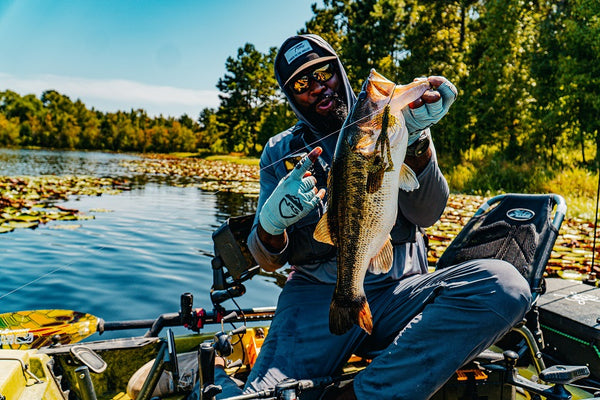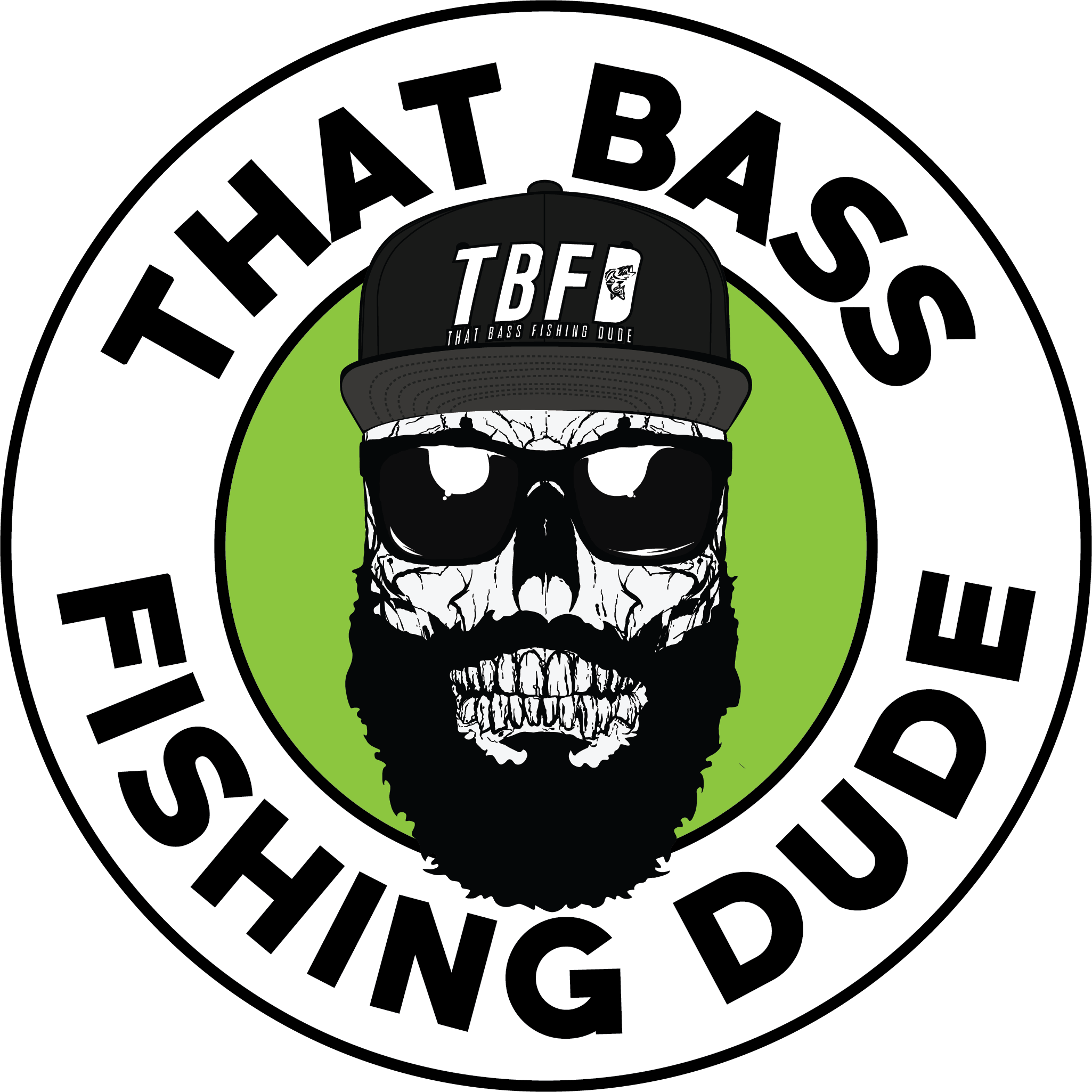
Mastering Post-Spawn Bass Fishing Techniques: Strategies for Success
As the excitement of the bass spawning season subsides for the vast majority of southern states, anglers shift their focus to a new challenge: post-spawn bass fishing. This transitional period can be both rewarding and extremely challenging, as bass undergo significant behavioral changes. To maximize your chances of landing those elusive post-spawners, it's essential to understand their habits and adapt your fishing techniques accordingly. In this article, we will explore some tried-and-true strategies and techniques that will help you become more successful in the post-spawn.

After the spawn, bass go through a recovery phase and undergo changes in their feeding patterns. Understanding their behavior during this period is crucial. Post-spawn bass tend to move from shallow spawning grounds to deeper waters, seeking shelter and food sources. They exhibit a natural instinct to regain lost energy and replenish their body condition.
To target post-spawn bass effectively, you need to locate the areas they frequent during this phase. Key areas include transition zones between shallow and deep water, drop-offs, points, and underwater structures such as brush piles and submerged vegetation. Bass will often hold in these areas as they move from spawning grounds to deeper summer locations.

During the post-spawn period, bass can become finicky and less aggressive in their feeding. Finesse techniques can prove to be highly effective in enticing bites. Techniques like drop-shotting, shaky heads, and wacky rigging soft plastics work well. These subtle presentations mimic natural prey and provoke strikes from reluctant post-spawn bass.
Often lethargic and less inclined to chase fast-moving lures. Slowing down your presentation with slow-rolling spinnerbaits, swimbaits, or soft plastic creature baits can be a game-changer. By mimicking easy prey that requires minimal effort, you increase your chances of triggering a strike.

While finesse techniques are typically the go-to during the post-spawn, don't overlook the potential of topwater baits. As the water temperatures rise and bass regain their strength, they become more active and willing to strike surface lures. Early mornings and evenings are prime times to test the waters with buzzbaits, poppers, and walking baits, enticing explosive strikes from hungry bass.

During the post-spawn, it's advisable to downsize your lure selection. Smaller, more subtle offerings are often more enticing to bass in recovery mode. Opt for smaller soft plastics, compact crankbaits, or finesse jigs. These downsized lures provide a more natural presentation and increase your chances of success.
Water temperature plays a significant role in post-spawn bass behavior. Monitor the water temperature closely, as it can indicate where bass are positioned and how active they are. Bass tend to be more active in the mid to high 60s Fahrenheit range. Additionally, pay attention to weather conditions and adjust your techniques accordingly. Cloud cover, wind, and barometric pressure changes can influence bass activity levels.

The Post-spawn can present unique challenges, but armed with the right knowledge and techniques, you can experience great success on the water. Remember to adapt your strategies to the changing behavior of bass during this transitional phase. By targeting their preferred areas, using finesse techniques, and adjusting your lure selection and presentation, you'll increase your chances of hooking into those elusive post-spawn bass. So, gear up, hit the water, and go catch a BUCKET!
